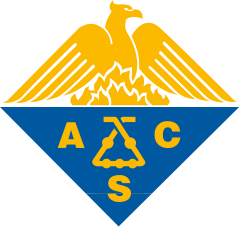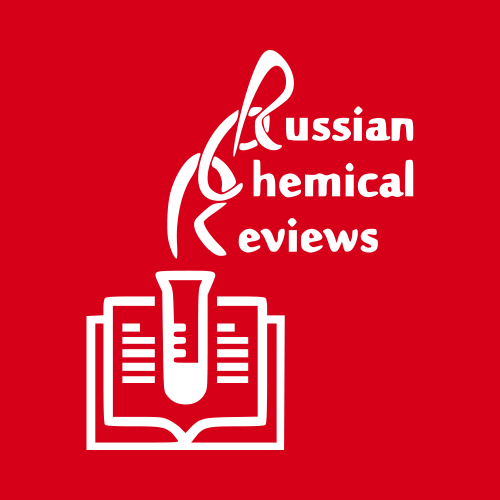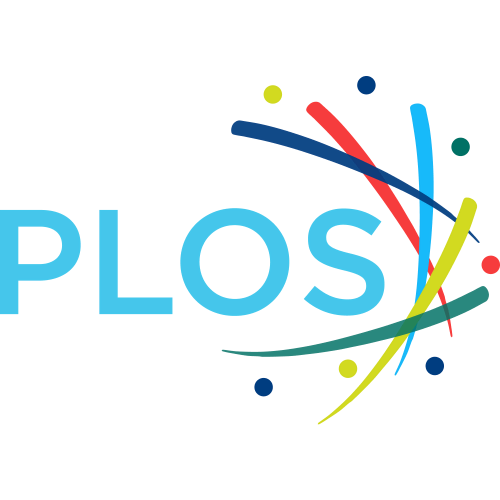Open Access


Intrinsically disordered proteins and structured proteins with intrinsically disordered regions have different functional roles in the cell
Publication type: Journal Article
Publication date: 2019-08-19
scimago Q1
wos Q2
SJR: 0.803
CiteScore: 5.4
Impact factor: 2.6
ISSN: 19326203
PubMed ID:
31425549
Multidisciplinary
Abstract
Many studies about classification and the functional annotation of intrinsically disordered proteins (IDPs) are based on either the occurrence of long disordered regions or the fraction of disordered residues in the sequence. Taking into account both criteria we separate the human proteome, taken as a case study, into three variants of proteins: i) ordered proteins (ORDPs), ii) structured proteins with intrinsically disordered regions (IDPRs), and iii) intrinsically disordered proteins (IDPs). The focus of this work is on the different functional roles of IDPs and IDPRs, which up until now have been generally considered as a whole. Previous studies assigned a large set of functional roles to the general category of IDPs. We show here that IDPs and IDPRs have non-overlapping functional spectra, play different roles in human diseases, and deserve to be treated as distinct categories of proteins. IDPs enrich only a few classes, functions, and processes: nucleic acid binding proteins, chromatin binding proteins, transcription factors, and developmental processes. In contrast, IDPRs are spread over several functional protein classes and GO annotations which they partly share with ORDPs. As regards to diseases, we observe that IDPs enrich only cancer-related proteins, at variance with previous results reporting that IDPs are widespread also in cardiovascular and neurodegenerative pathologies. Overall, the operational separation of IDPRs from IDPs is relevant towards correct estimates of the occurrence of intrinsically disordered proteins in genome-wide studies and in the understanding of the functional spectra associated to different flavors of protein disorder.
Found
Nothing found, try to update filter.
Found
Nothing found, try to update filter.
Top-30
Journals
|
1
2
3
4
|
|
|
International Journal of Molecular Sciences
4 publications, 3.57%
|
|
|
Protein Science
4 publications, 3.57%
|
|
|
Biomolecules
3 publications, 2.68%
|
|
|
Frontiers in Cell and Developmental Biology
3 publications, 2.68%
|
|
|
Methods
3 publications, 2.68%
|
|
|
Journal of Molecular Biology
3 publications, 2.68%
|
|
|
Journal of Biomolecular Structure and Dynamics
3 publications, 2.68%
|
|
|
bioRxiv
3 publications, 2.68%
|
|
|
Progress in Molecular Biology and Translational Science
3 publications, 2.68%
|
|
|
Biophysics Reviews
2 publications, 1.79%
|
|
|
Scientific Reports
2 publications, 1.79%
|
|
|
Nature Methods
2 publications, 1.79%
|
|
|
Nature Communications
2 publications, 1.79%
|
|
|
Biophysical Journal
2 publications, 1.79%
|
|
|
Chemical Reviews
2 publications, 1.79%
|
|
|
Physical Chemistry Chemical Physics
2 publications, 1.79%
|
|
|
eLife
2 publications, 1.79%
|
|
|
Journal of Chemical Theory and Computation
2 publications, 1.79%
|
|
|
Current Opinion in Structural Biology
1 publication, 0.89%
|
|
|
Journal of Plant Research
1 publication, 0.89%
|
|
|
Acta Physiologiae Plantarum
1 publication, 0.89%
|
|
|
Journal of Computational Biophysics and Chemistry
1 publication, 0.89%
|
|
|
Molecules
1 publication, 0.89%
|
|
|
Magnetochemistry
1 publication, 0.89%
|
|
|
Frontiers in Molecular Biosciences
1 publication, 0.89%
|
|
|
Frontiers in Aging Neuroscience
1 publication, 0.89%
|
|
|
Journal of Genetic Engineering and Biotechnology
1 publication, 0.89%
|
|
|
Genetica
1 publication, 0.89%
|
|
|
Biomolecular NMR Assignments
1 publication, 0.89%
|
|
|
1
2
3
4
|
Publishers
|
5
10
15
20
25
|
|
|
Elsevier
22 publications, 19.64%
|
|
|
Springer Nature
17 publications, 15.18%
|
|
|
Cold Spring Harbor Laboratory
17 publications, 15.18%
|
|
|
Wiley
12 publications, 10.71%
|
|
|
MDPI
9 publications, 8.04%
|
|
|
American Chemical Society (ACS)
8 publications, 7.14%
|
|
|
Frontiers Media S.A.
5 publications, 4.46%
|
|
|
AIP Publishing
3 publications, 2.68%
|
|
|
Taylor & Francis
3 publications, 2.68%
|
|
|
Royal Society of Chemistry (RSC)
2 publications, 1.79%
|
|
|
Oxford University Press
2 publications, 1.79%
|
|
|
eLife Sciences Publications
2 publications, 1.79%
|
|
|
World Scientific
1 publication, 0.89%
|
|
|
American Society for Biochemistry and Molecular Biology
1 publication, 0.89%
|
|
|
European Molecular Biology Organization
1 publication, 0.89%
|
|
|
Autonomous Non-profit Organization Editorial Board of the journal Uspekhi Khimii
1 publication, 0.89%
|
|
|
Proceedings of the National Academy of Sciences (PNAS)
1 publication, 0.89%
|
|
|
Institute of Electrical and Electronics Engineers (IEEE)
1 publication, 0.89%
|
|
|
Bentham Science Publishers Ltd.
1 publication, 0.89%
|
|
|
Public Library of Science (PLoS)
1 publication, 0.89%
|
|
|
Annual Reviews
1 publication, 0.89%
|
|
|
5
10
15
20
25
|
- We do not take into account publications without a DOI.
- Statistics recalculated weekly.
Are you a researcher?
Create a profile to get free access to personal recommendations for colleagues and new articles.
Metrics
112
Total citations:
112
Citations from 2024:
40
(35%)
Cite this
GOST |
RIS |
BibTex |
MLA
Cite this
GOST
Copy
DEIANA A. et al. Intrinsically disordered proteins and structured proteins with intrinsically disordered regions have different functional roles in the cell // PLoS ONE. 2019. Vol. 14. No. 8. p. e0217889.
GOST all authors (up to 50)
Copy
DEIANA A., Forcelloni S., Porrello A., Giansanti A. Intrinsically disordered proteins and structured proteins with intrinsically disordered regions have different functional roles in the cell // PLoS ONE. 2019. Vol. 14. No. 8. p. e0217889.
Cite this
RIS
Copy
TY - JOUR
DO - 10.1371/journal.pone.0217889
UR - https://doi.org/10.1371/journal.pone.0217889
TI - Intrinsically disordered proteins and structured proteins with intrinsically disordered regions have different functional roles in the cell
T2 - PLoS ONE
AU - DEIANA, ANTONIO
AU - Forcelloni, Sergio
AU - Porrello, Alessandro
AU - Giansanti, Andrea
PY - 2019
DA - 2019/08/19
PB - Public Library of Science (PLoS)
SP - e0217889
IS - 8
VL - 14
PMID - 31425549
SN - 1932-6203
ER -
Cite this
BibTex (up to 50 authors)
Copy
@article{2019_DEIANA,
author = {ANTONIO DEIANA and Sergio Forcelloni and Alessandro Porrello and Andrea Giansanti},
title = {Intrinsically disordered proteins and structured proteins with intrinsically disordered regions have different functional roles in the cell},
journal = {PLoS ONE},
year = {2019},
volume = {14},
publisher = {Public Library of Science (PLoS)},
month = {aug},
url = {https://doi.org/10.1371/journal.pone.0217889},
number = {8},
pages = {e0217889},
doi = {10.1371/journal.pone.0217889}
}
Cite this
MLA
Copy
DEIANA, ANTONIO, et al. “Intrinsically disordered proteins and structured proteins with intrinsically disordered regions have different functional roles in the cell.” PLoS ONE, vol. 14, no. 8, Aug. 2019, p. e0217889. https://doi.org/10.1371/journal.pone.0217889.


























